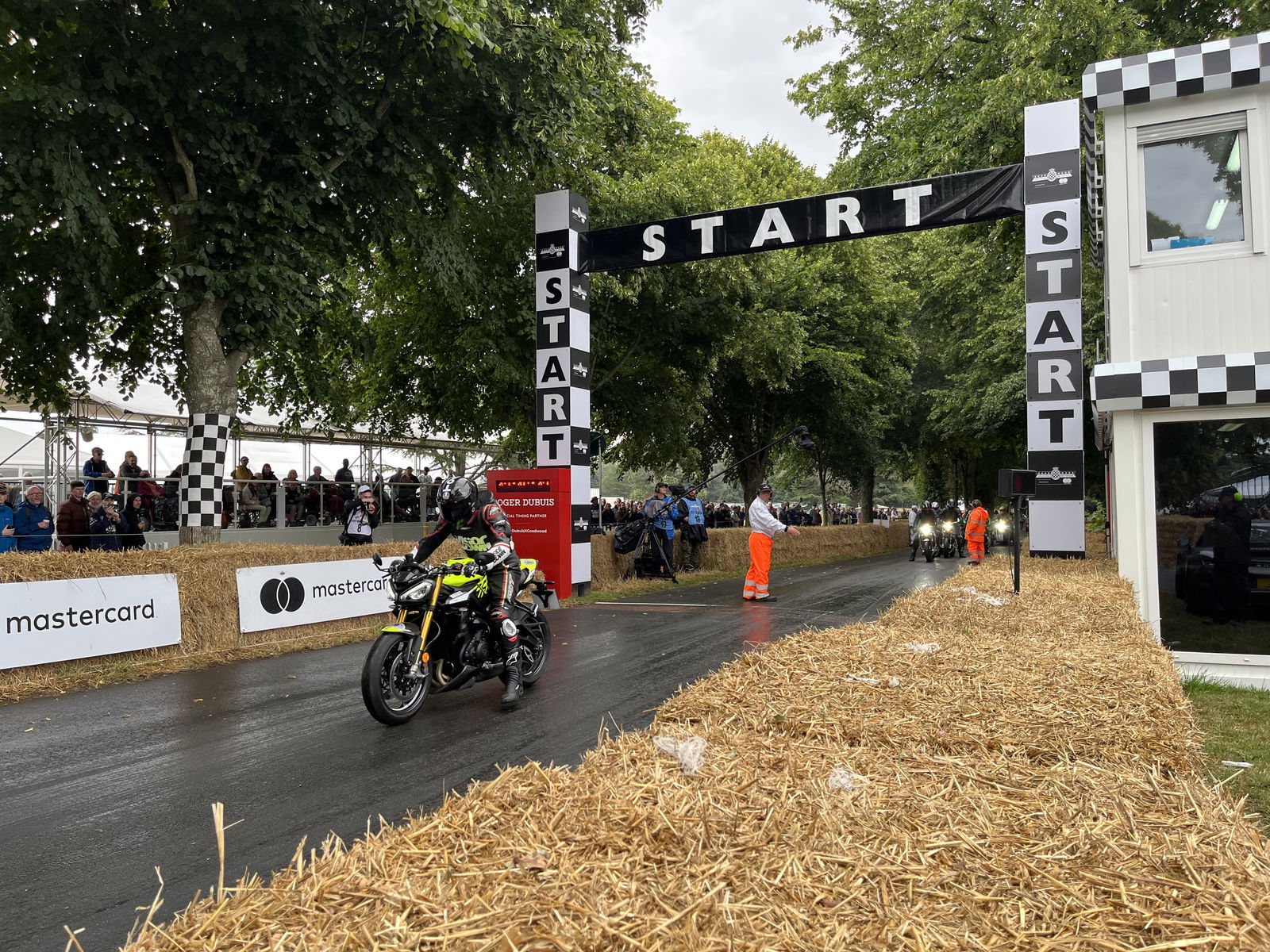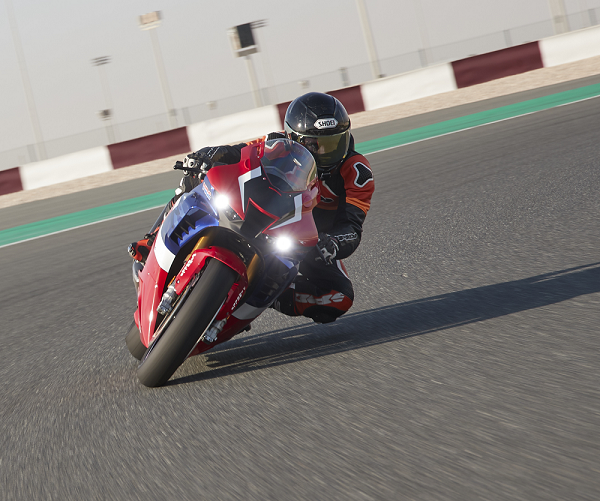Ducati - paving the way with motorcycle electronics
From making radio equipment in the 1900s to lifting the MotoGP crown in 2022, Ducati has a long history of electronic innovation

MORE than 100 years ago, a father and his three sons set about creating a business making vacuum tubes and electrical components, many of which would be used in domestic radios during WW2.
With beginnings set firmly in the electronic world, it’s really no surprise to see Ducati still pushing on, introducing and innovating with the way it builds its modern-day motorcycles.
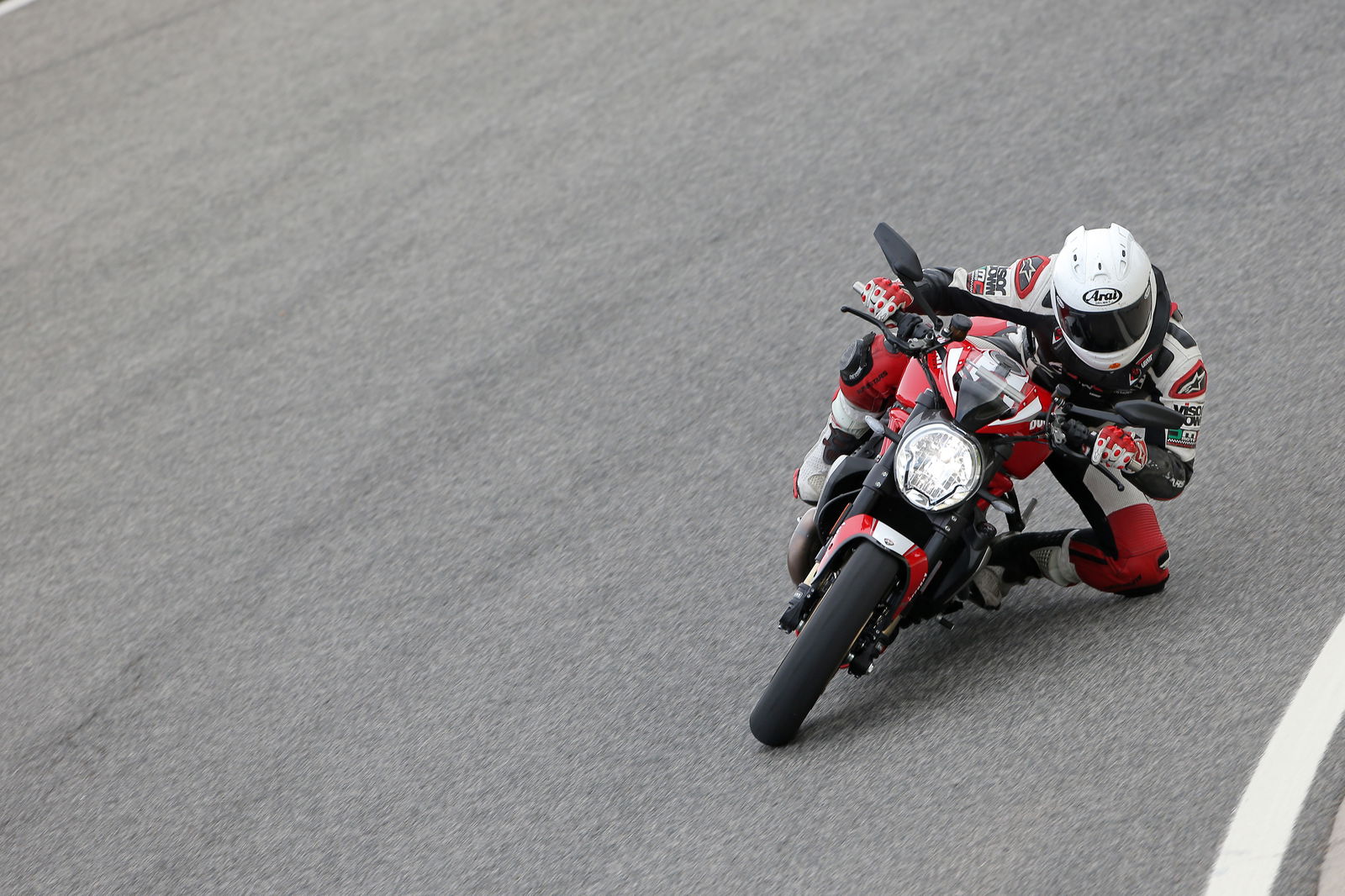
What you might not know is just how many of the things that we take for granted on our bikes every day were in fact first accomplished by this once-small Italian brand. Even before you start your bike, probably the first thing you look at is the TFT dash as you check the fuel level and look for any warning lights. But it was way back in 2011 that the first bike appeared with a TFT, in the form of the hybrid dash on the Ducati Diavel cruiser. Even then it wasn’t a full TFT screen as we know it today, more of an add-on screen with some of the bike’s important information running in tandem with a (then) conventional LCD. It wasn’t until 2015 that a full-screen TFT came out on the Multistrada 1200 S, quickly followed the next year by the first colour TFT display on the Monster 1200 R.
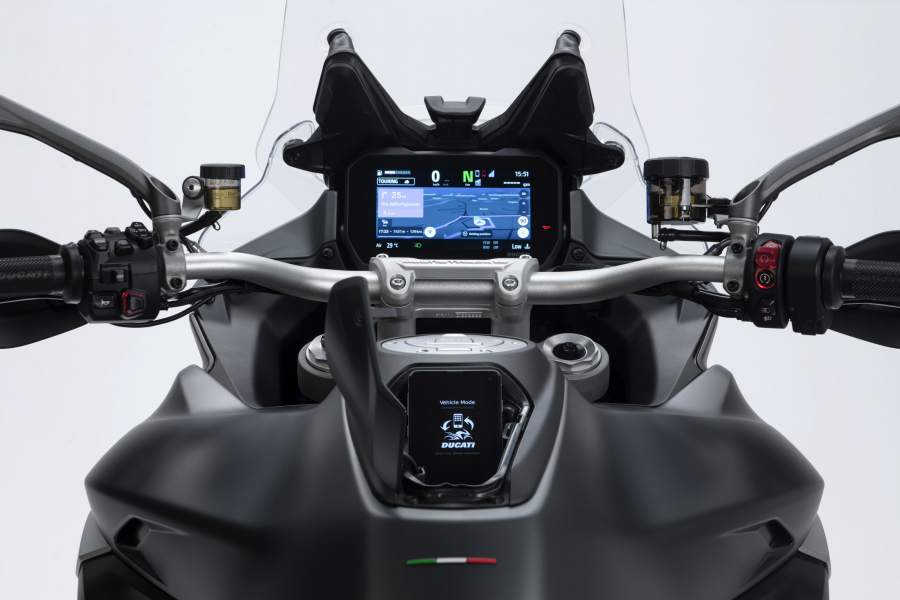
Now, TFTs are great, but when you’re slithering through a corner on the limit of adhesion they aren’t going to help out very much, but lean-sensitive traction control, another Ducati first, will. It arrived in 2008, on the 1098R, and like the TFT screen, it’s now hard to imagine a motorcycle without it. Everything nowadays has some form of traction control, with even some premium scooters featuring an IMU at their heart to keep the rider in check. It didn’t take long though for electronics to move away from aesthetic and safety systems, and firmly into the performance-enhancing world. Bolstered by its exploits in MotoGP and WorldSBK Ducati introduced engine brake management in 2012 on the 1199 Panigale, followed by Slide By Brake on the 2018 Panigale V4. Both of these innovations helped to usher in an era of go-faster (and in the case of Slide By Brake look-cooler) electronic systems.
_1_0.JPG?width=1600)
Now we’re in an era where it isn’t the sport bikes and super-naked machines gaining all the new technology, as the adventure motorcycle segment grows year-on-year, it is these bikes that seem to be dripping in the most amount of technology. The Multistrada has been at the forefront of this for some time, and aside from the full-screen TFT mentioned above (albeit a black-and-white item) it has helped inaugurate new electronics almost with each new update. It was the Multi’ that was first to the punch in what is now one of the most hotly contested electronic areas on two wheels, adaptive cruise control and blind-spot detection. Introduced on the Multistrada V4 in 2020, a top-flight, big-bore adventure bike would be quaffed at should it not include some form of radar assistance. And as with most technology, it’s now trickling down the ranges and can be found on much smaller, more cost-effective bikes.
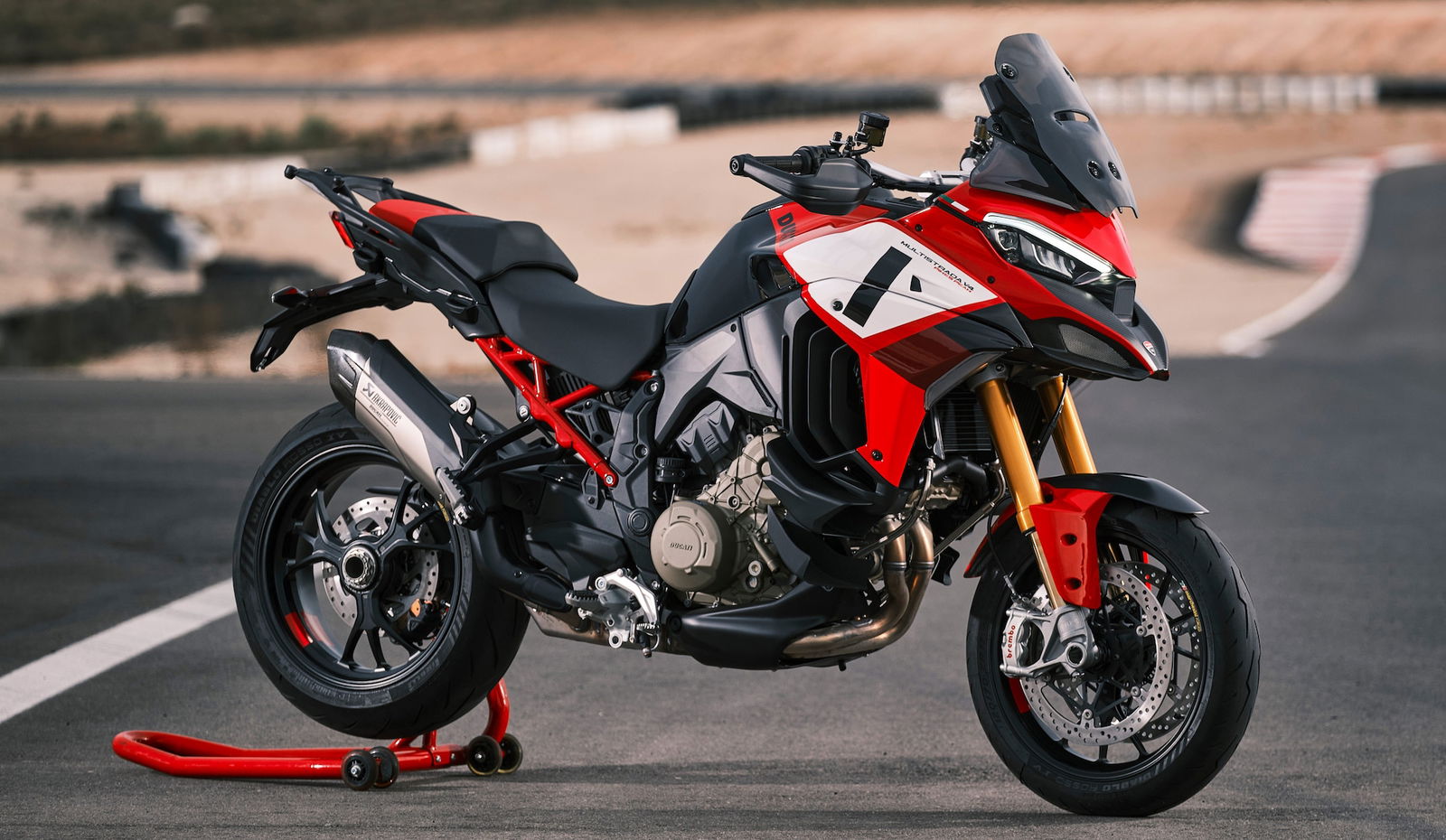
The tech isn’t for everyone though, and some riders do feel that kitting bikes out with the same level of autonomous tech’ as cars is a bad thing - although we guess that’s why you can always go into the menus and switch it all off for a more analogue ride. The Multistrada was also the first bike to feature a system that allowed the rider’s airbag jacket to communicate directly with the bike. In almost all other cases, airbag jackets are isolated from the bike and utilise their own electronic systems to monitor the rider’s location in time and space. That all changed in 2020 when the Multistrada 1200 S D|Air meant 20 milliseconds was all it took to detect that the rider was having a crash.
So, from creating tiny electronics used in radios during the second world war to helping to bring some rather significant firsts to the world of two wheels. Ducati has been there and done that and is probably not looking to stop any time soon.

